
13 Nov, 2017
Chula Univ conf on Asian diaspora gives new meaning to “Thainess”
Bangkok – The Tourism Authority of Thailand’s latest marketing campaign, “Open to the New Shades of Thailand”, positions the kingdom as being welcoming to people of all “shades” regardless of caste, creed, religion, ethnicity or sexual orientation. Packaged under the theme of “Thainess”, the campaign pitch presses all the normal tourism marketing buttons – culture, cuisine, heritage, history, etc. But a thought-provoking forum at the well-known Chulalongkorn university between Nov 4-5, has given new meaning to “Thainess” by highlighting Thailand’s centuries-old role as a welcoming nation to people of all shades, further boosting and broadening the value of the tourism campaign.
Under the theme of “South Asian diaspora and Popular Cultures of Asia”, the conference was the first to be held at Chulalongkorn Uni under a wider project known as Integrated Area Studies on South Asia (INDAS-South Asia). Initiated by a group of Japanese universities to “foster a comprehensive understanding of the dynamism of contemporary India and South Asia”, the project has since grown to include universities in Vietnam, Thailand, Singapore and Korea. Its core theme is “Structural Transformation in Globalizing South Asia: Integrated Area Studies for Sustainable, Inclusive, and Peaceful Development”. The goal, according to Prof Koichi Fujita of Kyoto University, the project convenor, is to “encourage solution-oriented approaches to the real-world problems, based on the integrated, wide-ranging and deep insights attained by area specialists.”
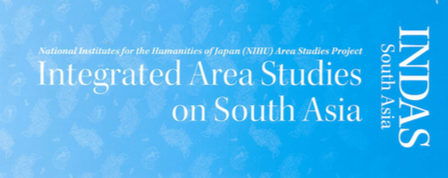
Says Prof Fujita, “The South Asian region is currently undergoing significant transformation due to rapid economic development and changes, which aggravates a range of existing socio-cultural, economic, and political problems while also giving rise to new ones. International tensions between countries within the region and beyond are also increasing. In the context of accelerated globalization, countries, including Japan, cannot ignore such tensions; finding appropriate solutions is increasingly important.”
Noting that current issues cannot be understood without their historical perspective, Prof Fujita said, “It is impossible to solve actual problems in the real world without having deep insight into their origins and context. The INDAS-South Asia project will continue to emphasize research that links historical studies to the contemporary studies. The project will also focus more on collaboration between the natural sciences, the humanities and the social sciences.” While more Asian universities are expected to sign up, Prof Fujita noted that the project would welcome “increased support from a broad section of society beyond academia”, both individuals and institutions.
Celebrating its centenary this year, Chulalongkorn university hosted this First Consortium for South Asian Studies forum in a hall known as Maha Chulalongkorn. That choice was not by chance. According to Dr. Pirongrong Ramasoota, the University Vice President, it is the same building where Gurudev Rabindranath Tagore, the first Asian Nobel Laureate, addressed senior administrators of the University and the public back in 1927. “He was courageous and ahead of his time when he expressed his ideas against the political fad of blinded nationalism at the time,” Dr Pirongrong said.
She added, “Tagore was here in Thailand, or Siam as it was called then, as part of his Asian tour in which he made the significance of cosmopolitanism and Asian unity visible. His invaluable philosophy of cosmopolitanism and pluralism is relevant to all of us and to Chulalongkorn University as we enter the second centenary. In today’s world where grievances of economic globalization have molded into the politicization of increasing nationalism and protectionism, we scholars are obligated to do more to ensure that pluralism is cherished, as diversity is our strength, not a threat.”
Dr Pirongrong, who did her doctoral thesis on the link between hate speech and extremism, did not name any countries. Out of respect for her, neither will this report, but there was little doubt which countries she was referring to.
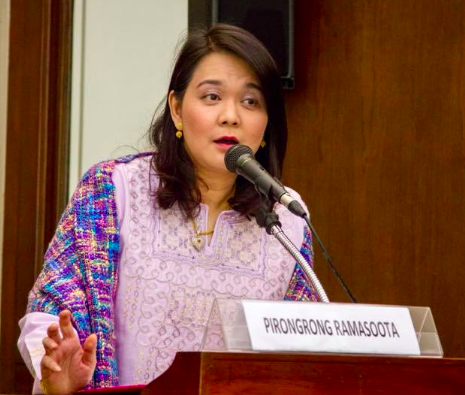
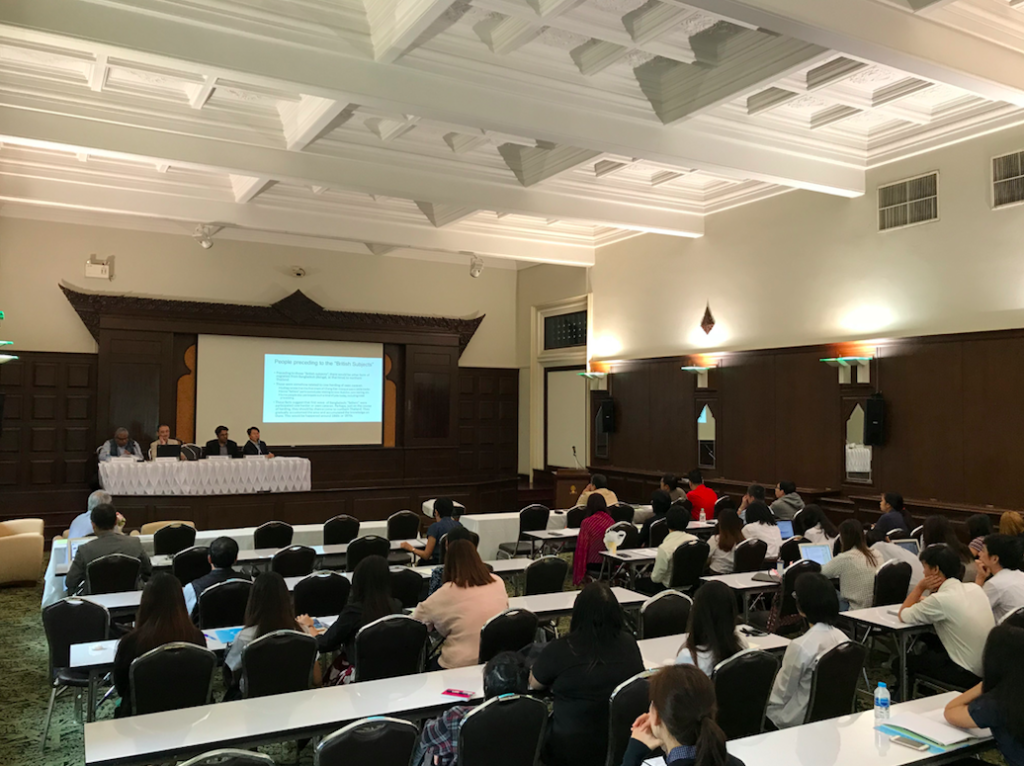
What followed was two days of insightful research full of great stories about the multi-cultural, ethnic, anthropological shades of Asia – Pakistanis in Japan, Indians in Malaysia, Hindu temples in Vietnam. In deference to the Thai hosts, four of the lectures were about Thailand, all of which directly related to three local, regional and global driving forces — the tourism campaign theme “Open to the New Shades of Thailand,” the regional integration process of the ASEAN Socio-Cultural blueprint and the global agenda of the UN Sustainable Development Goals. Fascinating narratives of Nepalese, Bangladeshi and Indian “shades” within Thai society also underscored another important objective: HM the late King Bhumibhol’s nationwide outreach to build an inclusive society.
Persons of Nepalese Origin (PNOs) in Thailand
In the first panel discussion, Thailand’s best known Buddhist monk of Nepalese origin, the Venerable Anil Sakya of Mahamakut Buddhist University gave a vibrant discourse on the Nepalese diaspora. He said many migrated to Thailand even before World War I, settling mainly in Kanchanaburi province. Then came another generation of Burmese-Nepalese fleeing the unrest created by the Kachin independence movement and the Student Movement in the 1970s and 1980s in Myanmar. They became labourers, tailors and maids. More recently, a new generation of more skilled Nepalese have come as students at the Asian Institute of Technology and technocrats at the United Nations regional office in Bangkok, as well as Gurkha families employed by the British embassy. Roughly 150 Nepalese Buddhist monks and novices are studying Buddhism in Thailand.
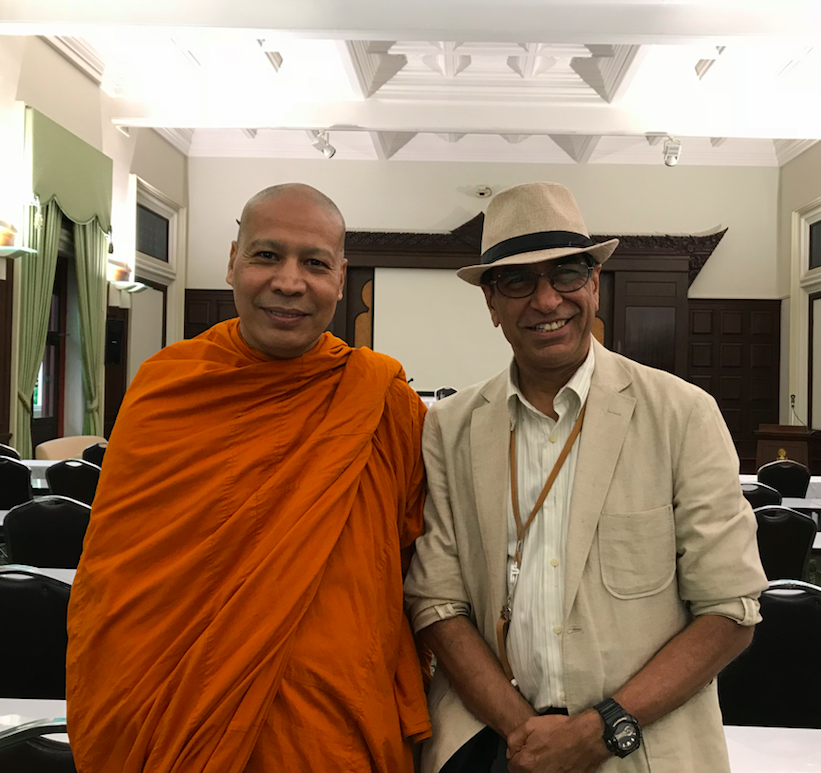
Venerable Anil Sakya with Travel Impact Newswire Executive Editor Imtiaz Muqbll
Although the PNOs have assimilated into Thai society and risen up the commercial ranks, they are also keen to maintain their own vibrant culture. Venerable Anil Sakya said that in May 2007, the Teej, a Nepalese dance competition was held for the first time in Bangkok. It drew around 400 attendees. In 2017, the attendance has risen to nearly a thousand. People from Nepal and of Nepalese descent came together to share some of Nepal’s beautiful culture. Thanks to YouTube, the younger PNOs were able to learn Nepalese songs and dances.
He said, “Nepalese have successfully become a part of local identity wherever they have settled. In big cities, whether Chiang Mai in the north or Phuket in the south, Nepalese participate in all national and local events, as local residents. In the public sphere, it is now possible for PNOs to display their ‘imagined Nepalese’ identity openly as a part of the local culture. They participate in all kinds of city processions on various occasions where they display not only their Nepalese identity through dress and dances, but show their loyalty to the Thai monarch.”
Venerable Anil Sakya quoted one Thai-Nepalese businessman Phanphong Limbuprasertkul as summing up the dual-identity merger:
“You know I am not really 2nd/3rd generation Nepalese. I am really Thai. I love this country and the King. We are proud to live here in this beautiful place I was born in Thailand and I’ve been in Phuket for more than 35 years, so I am very much a Phuket person now. We help Thailand and its people; for example, we helped many victims of the recent floods by donating 100,000 Baht to the Governor.”
Comparing the social status of the PNOs in the past, he added: “It was also a matter of perception: we Nepalese, at least the 2nd/3rd/4th generations, have many more options now because we are more educated and actually aware of how little our ancestors had. My children and future Thai-born Nepalese, can be anything they want. My 16-year-old daughter wants to be a lawyer and my son is interested in joining the army. We want our children to be good people. They have the opportunity to get a good education, not like us, so they can do anything. They don’t have to just be tailors (laughs).”
Summarised Venerable Anil Sakya, “Many PNO’s children in Thailand have risen high. Some became movie stars while some are in property business. Still some became civil servants and some are running successful private businesses. All of them in some occasions refer themselves as PNO but in most occasions, they are full Thai citizens, an able force of developing Thailand as a kingdom.”
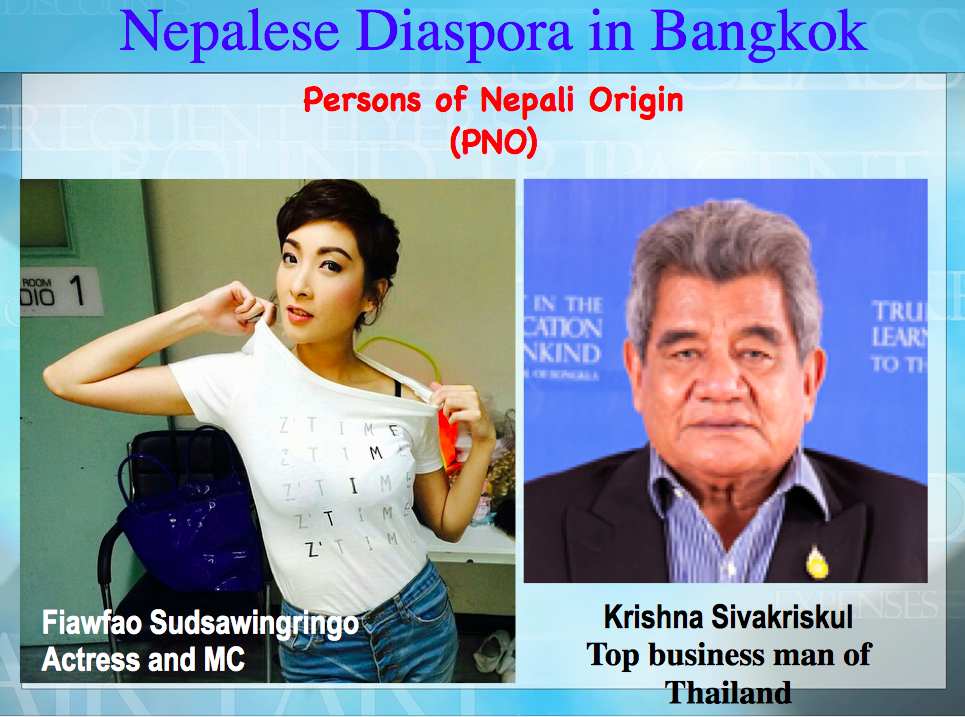
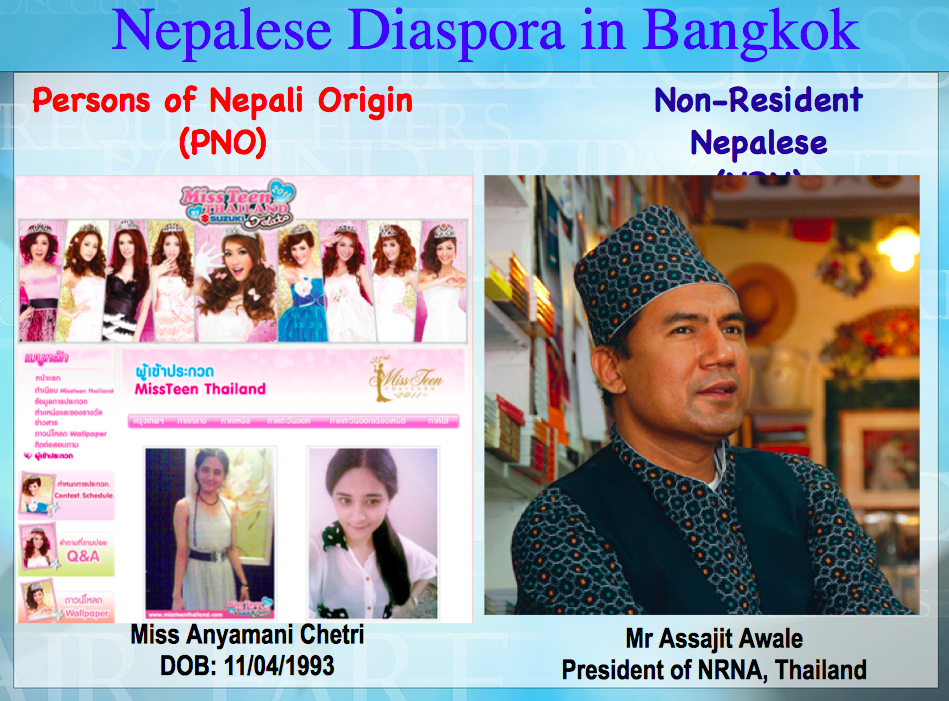
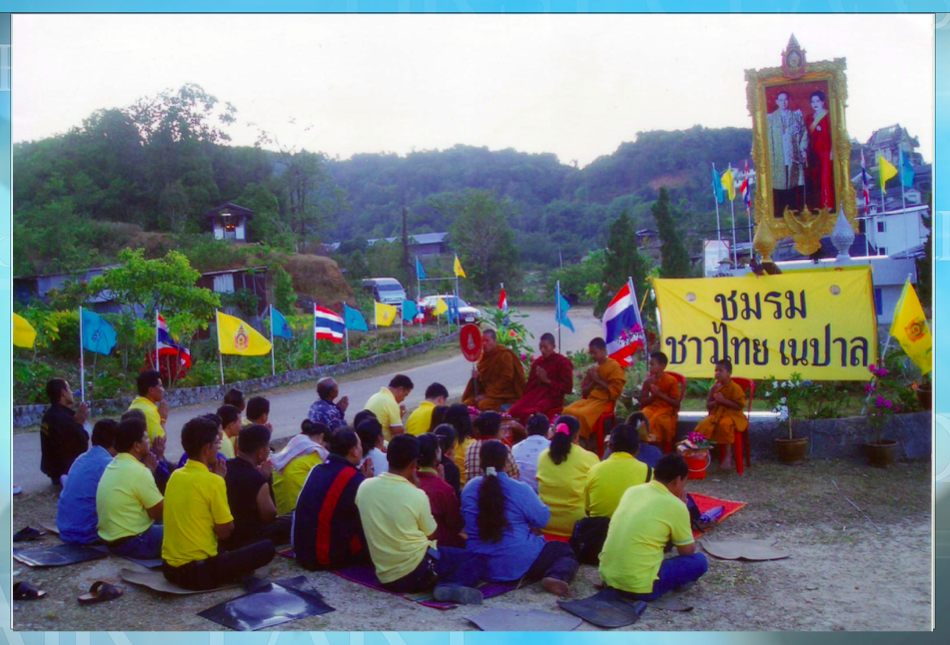
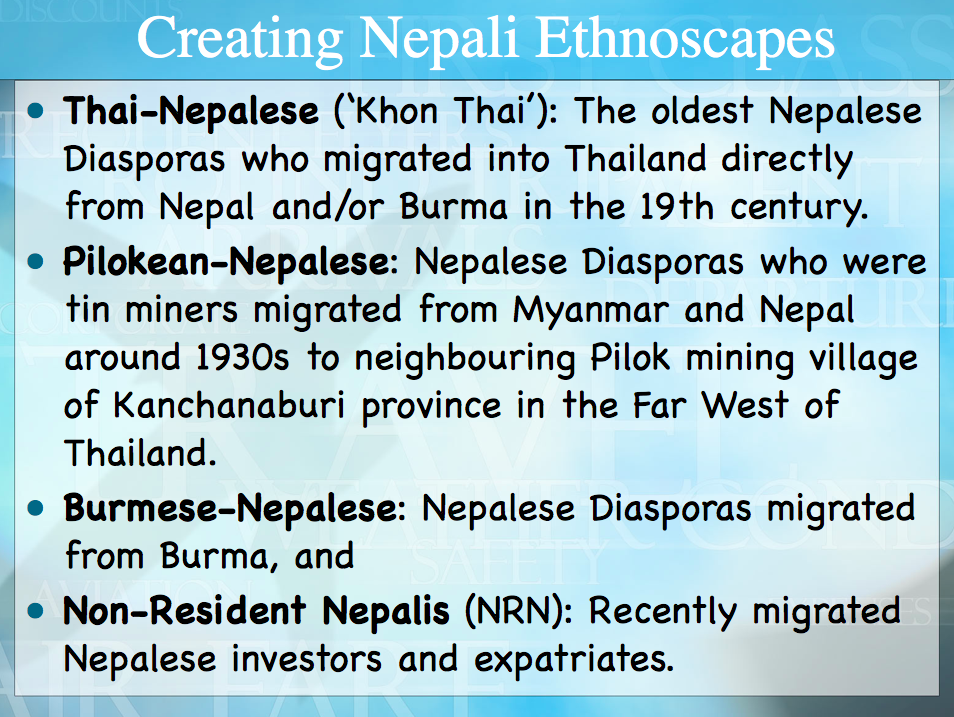
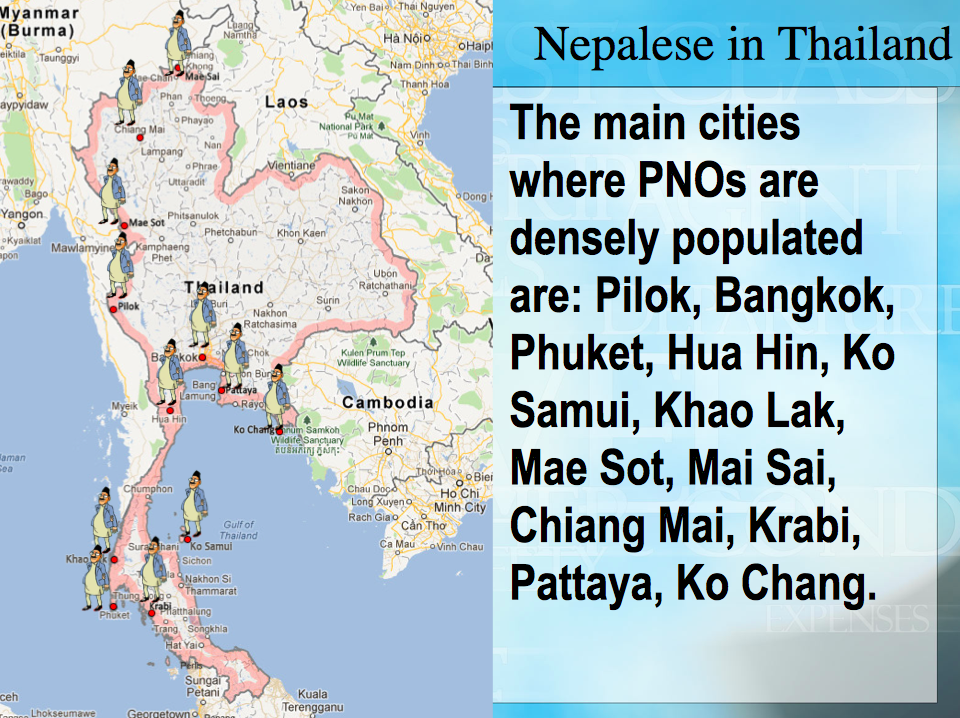
“Bangladeshi” Muslims in Northern Thailand
This paper by Prof Mineo Takada of Hiroshima Shudo University traced the roots of the many shades of Muslim communities in North Thailand, specifically the “Bangladeshi” Muslims. She said North Thailand has many Muslim groups originating from all around Asia, as well as from other parts of Africa, Europe or Russia. The dominant three categories are Chinese Muslims, “Indian” Muslims, and the other Muslims from Central or Southern parts of Thailand, i.e. of Malay or of other ethnic groups. The most conspicuous group is the Chinese Muslim people from Yunnan. They are called “Chin Ho” in Chiang Mai or the nearby area.
“Bangladeshi” Muslims have settled in Northern Thailand for long, forming communities in Chiang Mai and its surrounding area or in Mae Sariang. Many scholars, and sometimes local people, call them as “Indian” or “Pakistanis”, but following their own identification, they are “Bangladeshi” descendants. How did they get there?
There is a reason for placing the country of origin in quotation marks. Prof Takada noted that most of the migration pre-dated the emergence of countries as they are known today. For example, she noted that “Bangladesh” itself was once part of India and known as “East Bengal”, then became East Pakistan before assuming its current name. Thailand, too, was once part of a “Lan Na”, “Ayutthaya” and other kingdoms and formerly known as “Siam”. However, in order to avoid any confusion, she would refer to the countries as they are known now.
She said her research had shows that earlier groups of Bangladeshi-Muslims had come to Northern Thailand at the end of the 19th century as small traders. It was highly probable that some individuals came and settled in this area in the 1860s or 1870s, as cow herders or part of oxen caravans. Their migration route was via Papun, eastern Burma, and via Mae Sariang, a western border town belongs to Lan Na. Once they had formed small communities, the second wave of migrants came via steamship from Chittagong to Rangoon. The large part of them should be the people of Chittagong, especially from its northern area, or some from Noakliali, neighboring to northern Chittagong. She said the importance of the land route connection between South Asia and Southeast Asia has been underestimated.
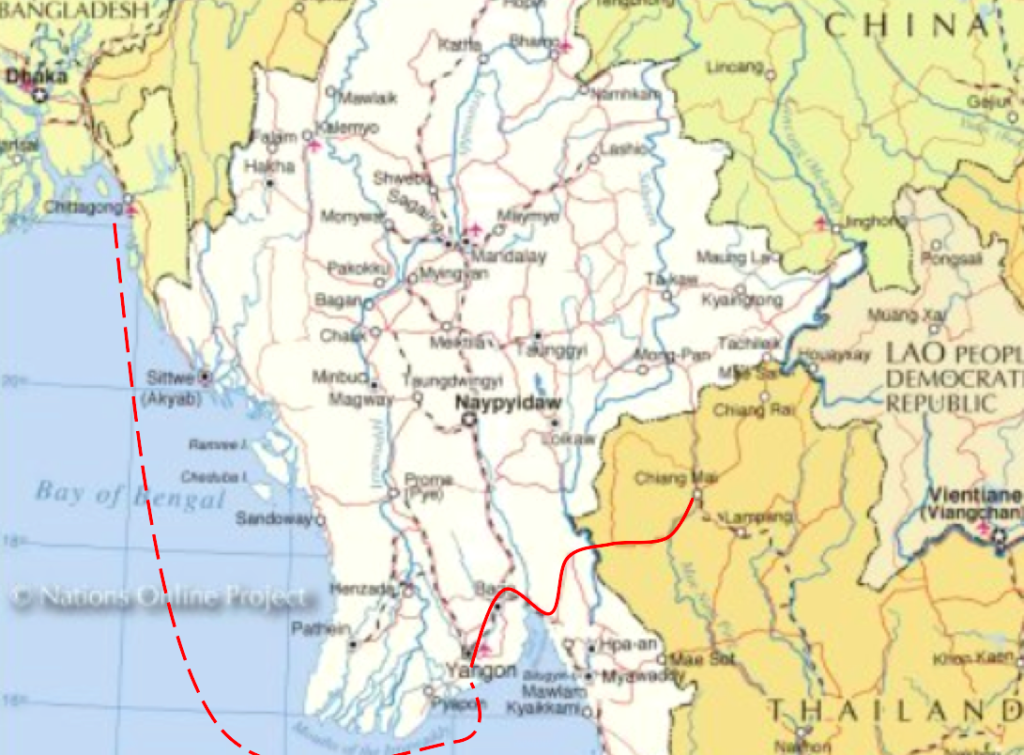
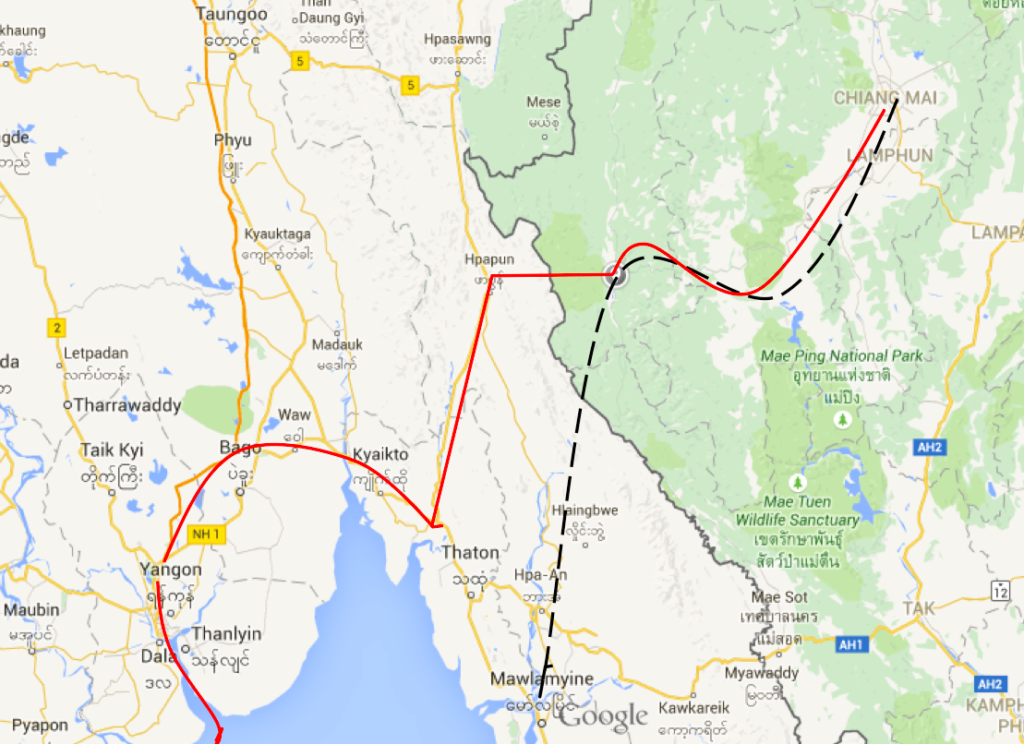
Said Prof Takada, “Till early (or even mid-) 20th century, the most common communication route from Chiang Mai (or largely Lan Na) to the outer world (southward direction) was the route to Moulmein of eastern Burma, not to Bangkok. The communication route between Chiang Mai and Moulmein was via Mae Sariang, not via Mae Sot, because “Mae Sariang (currently a part of Mae Hong Son district) was in the Lan Na territory.”
Her paper discussed their life and times through various generations and their conversion from “Bangladeshi-Muslim” communities to Thai Muslim communities. Though earlier generations had difficulty in getting Thai nationality, the present generation had no such problem, by dint of being born in Thailand.
Her research cited the case of one such migrant, Abdul B., ,68: “My wife’s father settled down in this village at first. At that time, there were many “Bangladeshis” (then “Bengalis”) here in this village as I heard. It was maybe around 1900 or so. As I heard, those who belong to the first generation were 3 or 4 people and who belongs to the second generation were 2 or 3 among them. At that time, the river course of the Pin River was floated through just by the village and there was a relatively large river port just by the village. Many people, including “Bangladeshis”, had come and gone using the port for the purpose of trade. I do not know who was exactly the first person (a “Bangladeshi”, came and settled), but, as I heard, the person came here for trade and met a local girl, and decided to marry her and settled. He called for the other “Bangladeshis”, who visited the village for trade or travel, to settling down in the village, and, as they got married with the local girls, our “Bangladeshi” community had formed. As I heard, this Nong Baen village is the oldest “Bangladeshi” settlement in this area. Following this village, other settlements such as of Chiang Mai, of San Kamphaeng, or of Doi Saket had formed.”
The story of Gurmokh Singh Sachdev
Presenter Prof Surat Horachaikul, Director of the Indian Studies Centre, Chulalongkorn Uni, rued the fact that although Thailand has about 250,000 Thais of Indian origin, the Indian diaspora in Thailand is largely under-researched. Most of the studies are in Thai, and mostly obsolete and misleading. For example, he said, some papers state that most Indian diaspora are still engaged in retail textile businesses. Others say that Punjabi is the language spoken by the Thai-Sikh community.
To update this body of knowledge, Prof Surat highlighted the life journey of Gurmokh Singh Sachdev, a businessmen and philanthropist, gleaned from several personal interviews.
Born in Lahore (in what is now Pakistan) in December 1931, Gurmokh Singh Sachdev was one of nine siblings in a family which ran a shop selling construction materials. His education was only until Grade 4, but he can read and write Urdu, the language of the South Asian Muslims. His grandfather was Sikh but later converted to Namdhari.
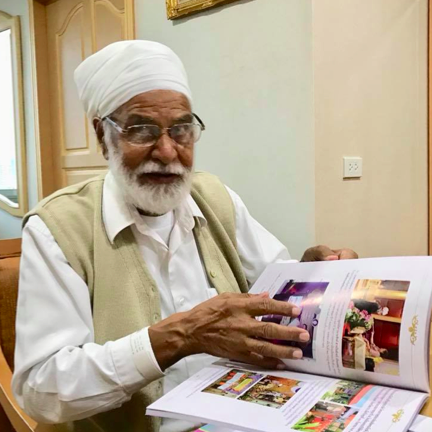
Like many, his family became victims of the 1947 partition and moved to India. In spite of that harrowing experience through ethno-religious violence and conflict, he bears no ill will. He told Prof Surat, “We [Sikhs, Hindus and Muslims] knew each other. They were no problem among us. Muslim workers were with us, but as outsiders began to enter the scene, things were no longer the same,” Prof Surat quoted Mr. Sachdev as saying.
It was not an easy life in India. At one stage, Mr. Sachdev was selling toffees on trains. He lived and struggled make a living in many parts of India before following one of his brothers and migrating to Thailand in 1953. He began selling clothes and mosquito nets. Eventually, he found customers in the Thai military, which opened the door to government procurement contracts. His means of transport went from buses to bicycles to motorcyles. He learned Thai with a private tutor at home, becoming fluent enough to advance his business.
Today, his business has flourished, and he has reinvested significant amounts in supporting Thai philanthropic and charitable causes. Mr. Sachdev is quoted as saying:
“I highly praised King Rama IX for all kinds of help he provided to others. He thoroughly understands the concept of pluralism. And this inspired me immensely. … We are also God’s creations and must help the needy and underprivileged, for they also need opportunities. It is a human respect. I did struggle to find opportunities, and I know how hard it was and I have no complaint about it. I want to help others so that, at least, I alleviate some people’s difficulties in acquiring opportunities.”

Prof Surat, himself of Indian origin and fluent in both Punjabi and Hindi, said stories such as those of Mr. Sachdev will help promote a better understanding of that generation’s merged Indian-Thai identities. He said, “Gurmokh Singh Sachdev epitomizes many Indian diaspora in a number of ways particularly in the sense of optimism, tolerance and peaceful coexistence. There are also cases which clearly depict how Indian diaspora have abandoned their ‘mother India’ root entirely. There are also those who label themselves as Thais of Indian origin and have very little knowledge about India or never been to India.”
Prof Surat added, “There is a need for proper research on Indian diaspora in Thailand. India and Thailand should help provide the resources as the research would help reinforce the bond between the peoples of the two lands, bring better picture of Indian diaspora for different purposes, and give the accurate description of ‘pluralistic’ Thai society.” Pending the arrival of that support, Prof Surat plans to interview more Thais of Indian origin and posting the content online.
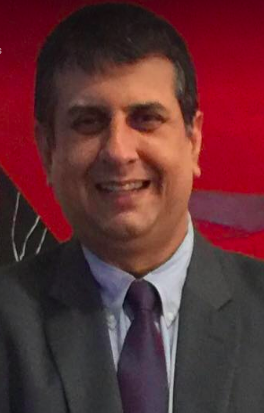
Prof Surat Horachaikul
Disappearing Acts: South Asian Thais in the Contemporary Thai Cultural Public Sphere
More insights into Thai personalities of Indian origin came from Prof Jirayudh Sinhuphan, Director of South Asian Studies Center at the Institute of Asian Studies. Because he also teaches Performing Arts and Cultural Communications, his presentation appropriately entitled “Disappearing Acts,” listed nearly 20 well-known Thai actors, musicians, film executives, models, singers, TV newscasters and DJ’s with roots in India and South Asia. This contribution to classical Thai cultural life is well recorded but not widely recognized, he said.
Pointing out that media portrayals can affect how a person see oneself and others, he said the media over-represents people of importance and under-represents those considered insignificant and lacking privilege. This becomes worse when minorities are presented in a way that contributes to a sense of otherness, exclusion, discrimination and marginalization.
Citing South Asians as a case in point, the professor invoked the Thai perjorative: “If you see a snake and a “khaek” (person of South Asian origin), hit the South Asian first.” He showed the image below to prove the fallacy of that remark. As the Lord Buddha was born in Lumbini, Nepal, and attained enlightenment in Bodhgaya, India, he too would also be a person of South Asian origin.
Prof Jirayudh also cited a number of Thai slurs used to depict South Asians as people who are black and black-hearted, lowly-born and of bad odour. All this does, he said, is “trivialize their contributions to society and devalue their role as citizens in their own nation.”
Instead, he offered this pictorial look at the reality. The first four images are of the Pestonji family, three generations of Parsis who also hailed from Pakistan.
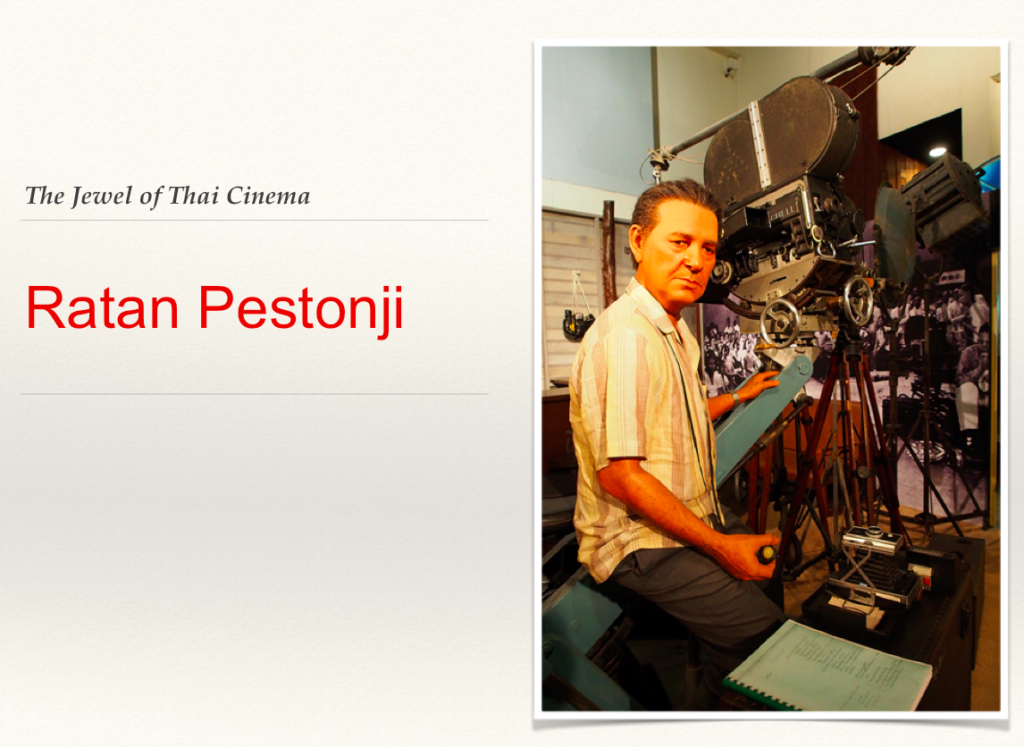
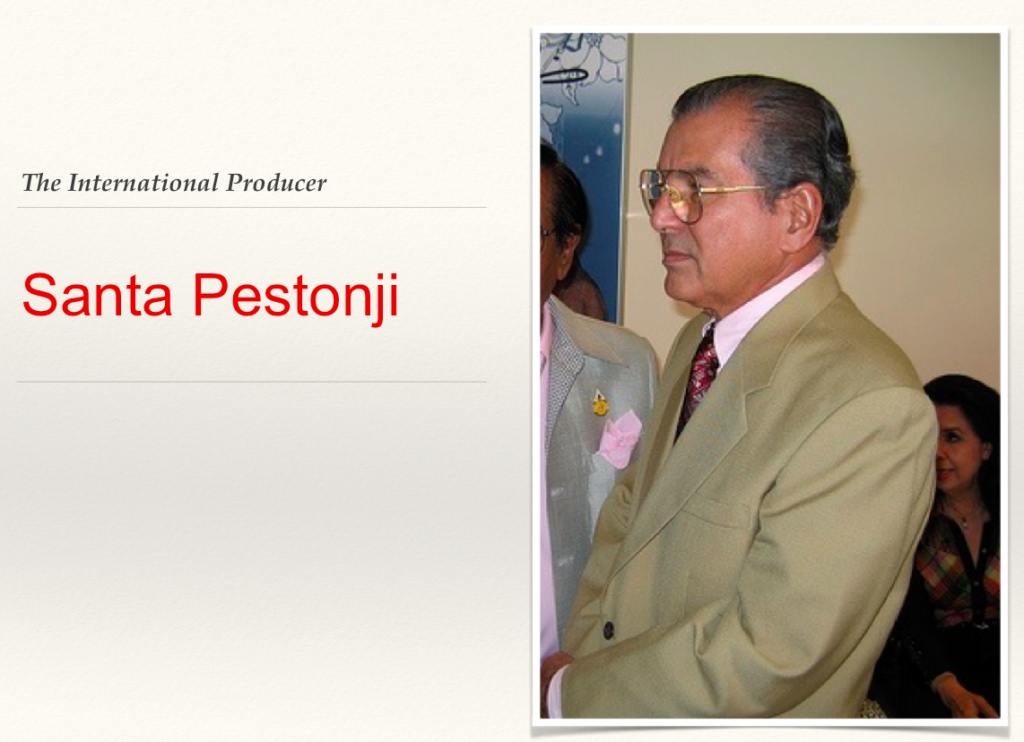
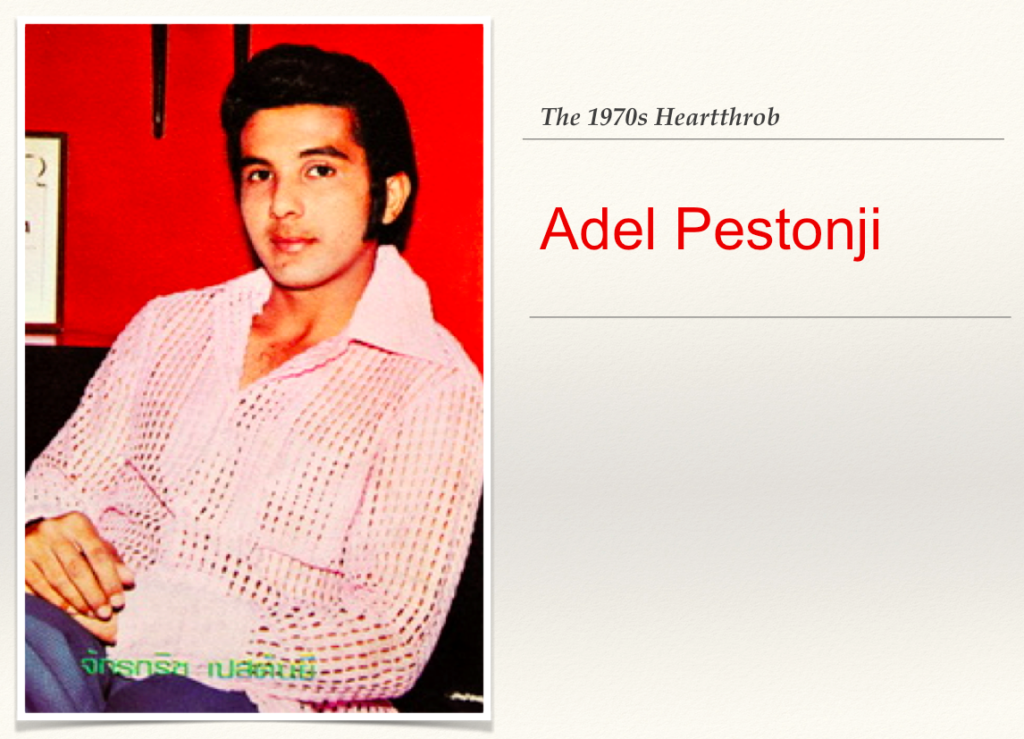
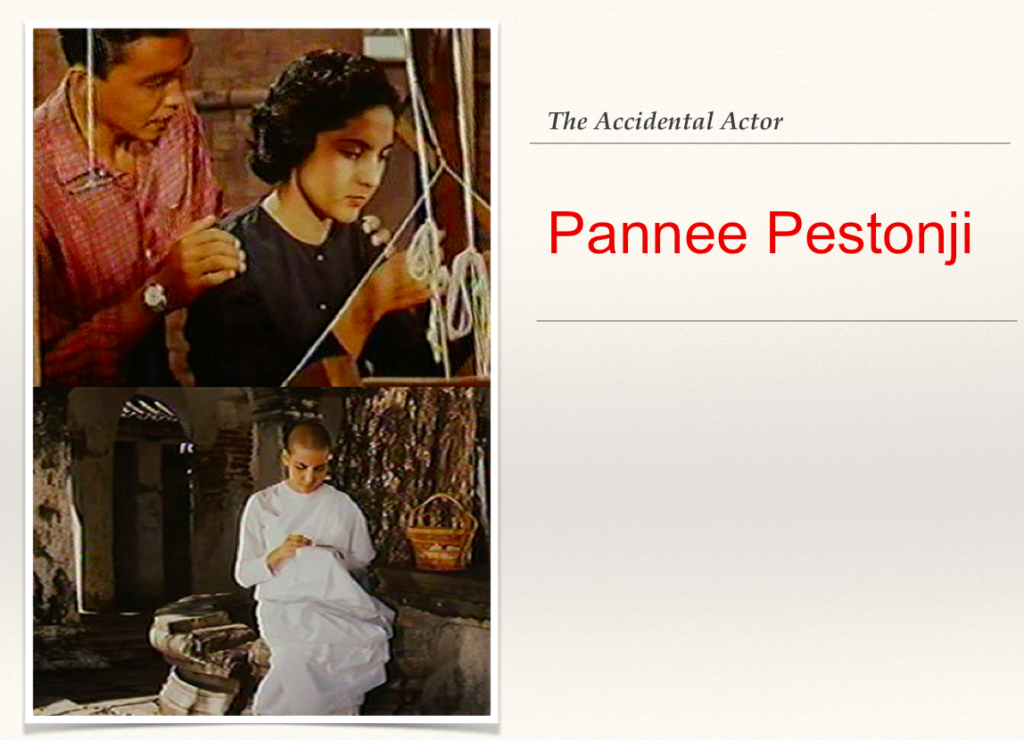
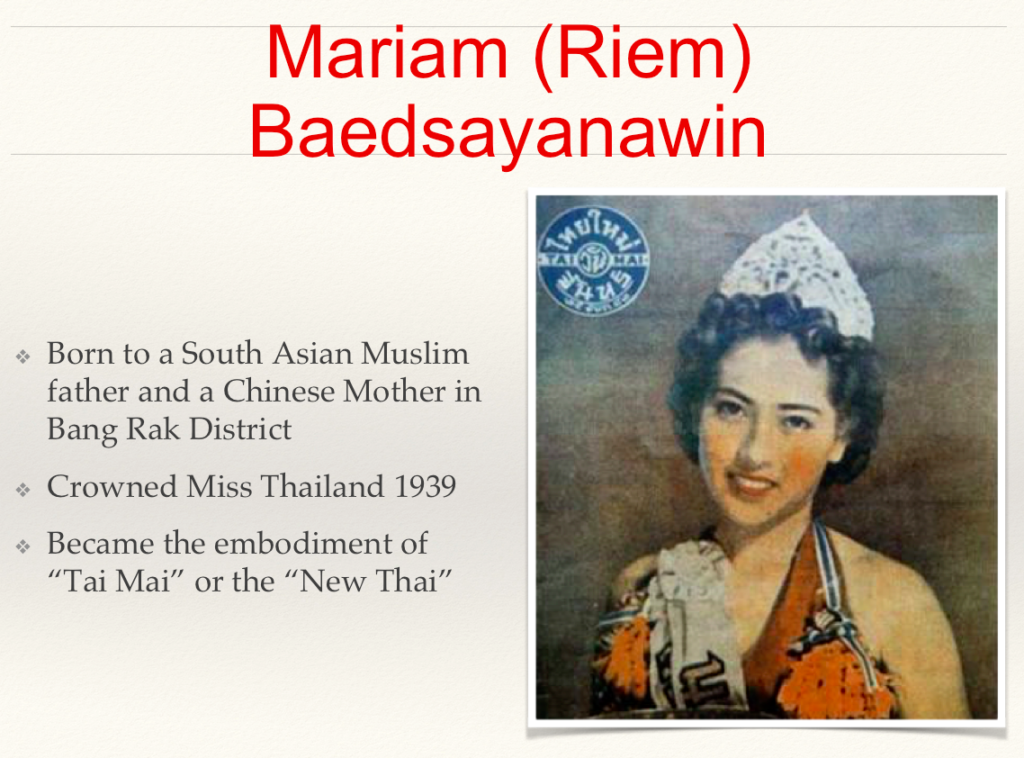
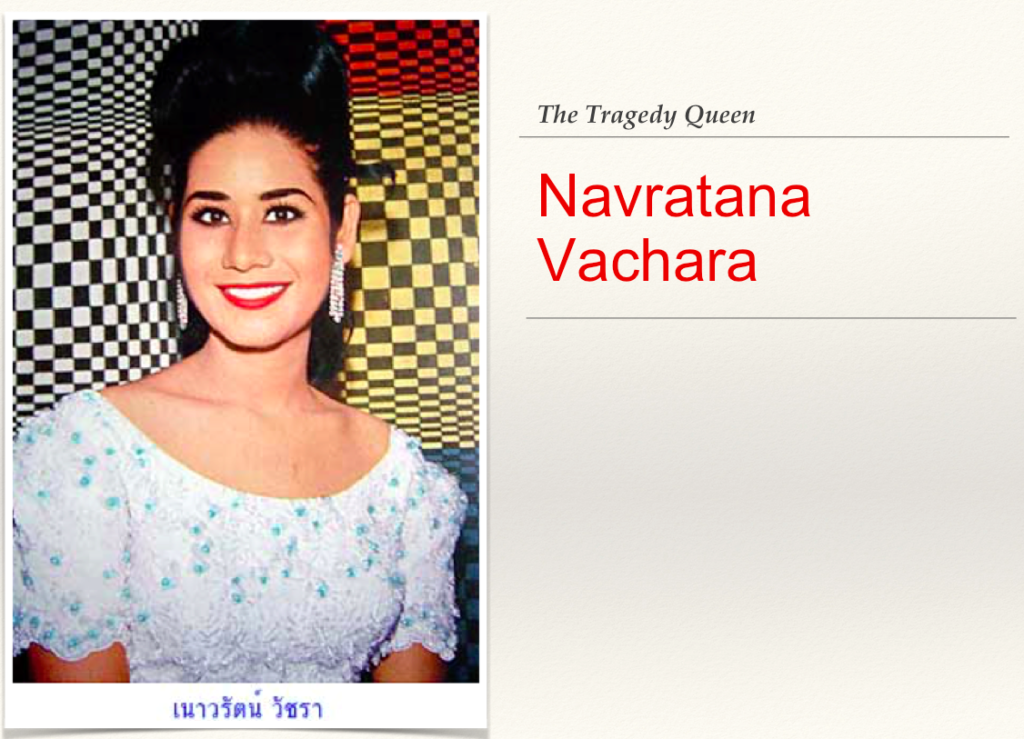
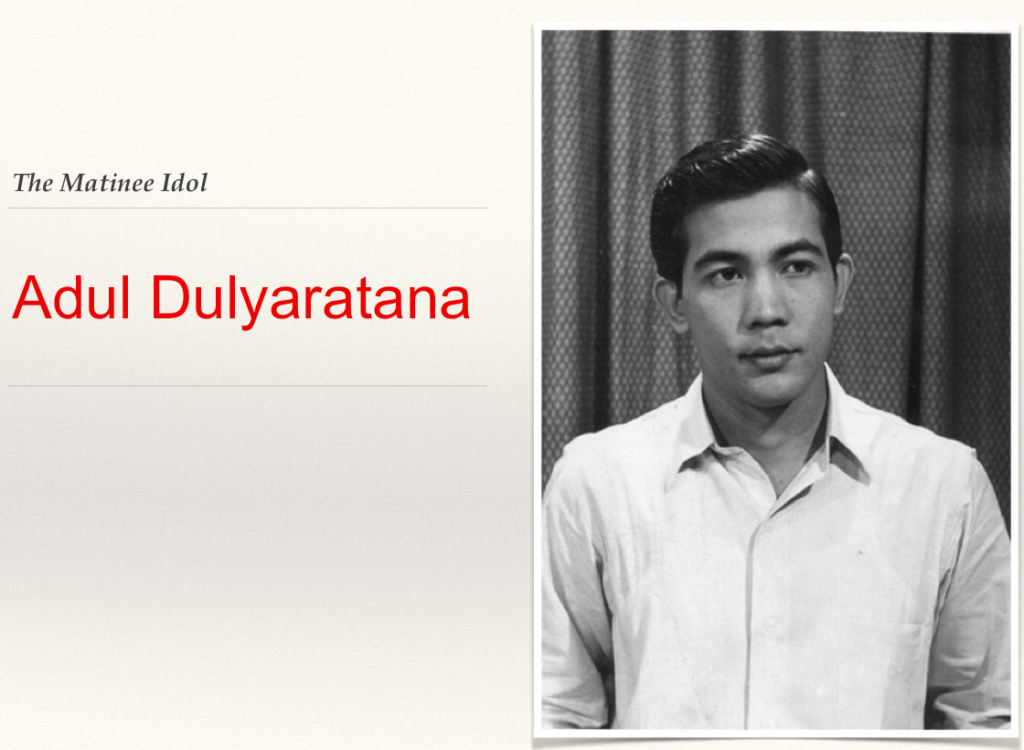
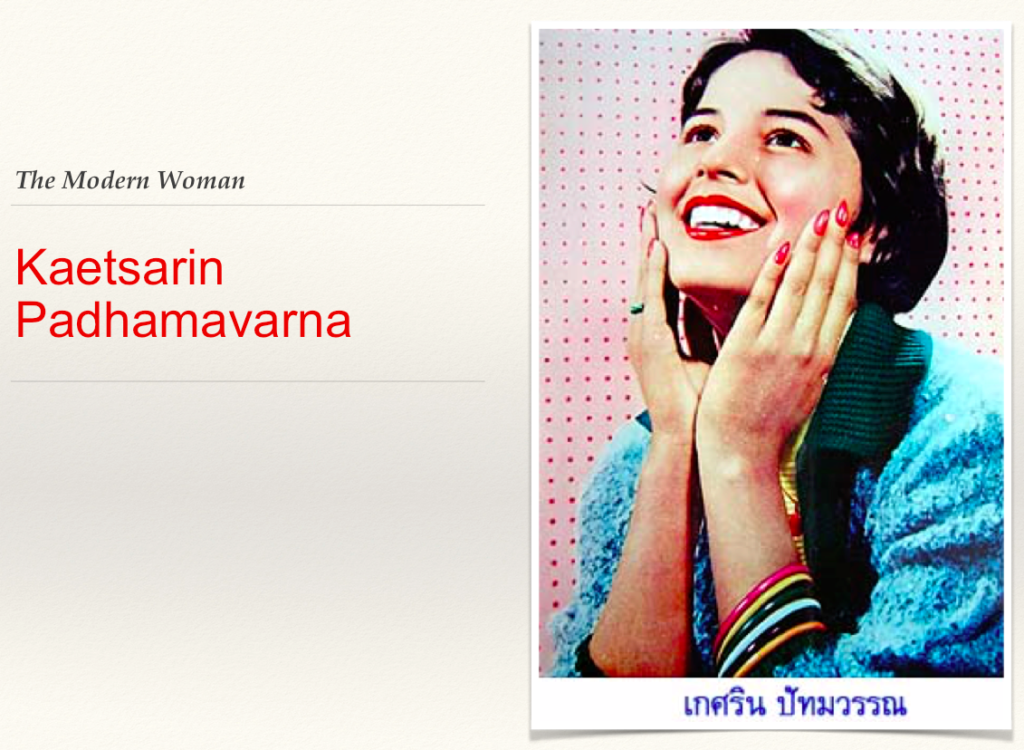
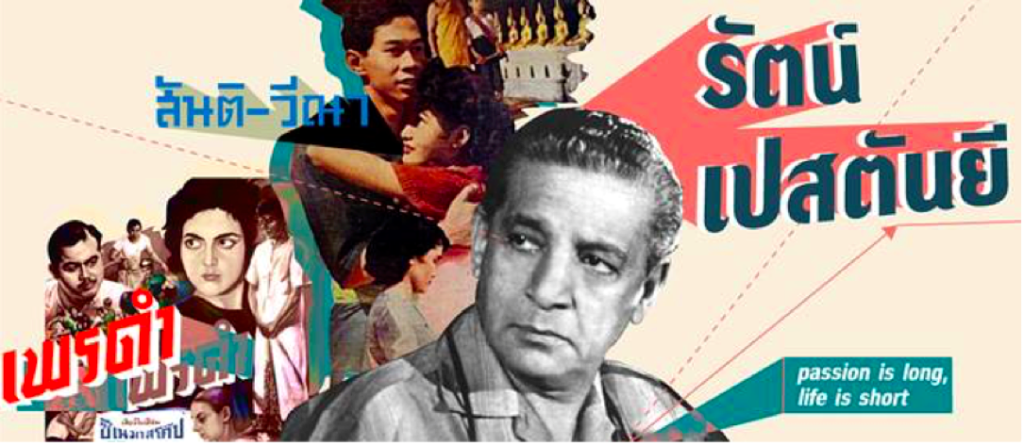
Prof Jirayudh concluded by highlighting the need to reclaim the South Asian presence in the Thai cultural public sphere by acknowledging their contributions, valuing their roles as citizens and allowing them equal privileges “to think, to feel, to dream, to have important things to say and to exist in the society and in the nation’s imagination.” He said, “Fair and equal representation of diverse cultural groups is critical for building a healthy multicultural society. It is even more important for a society to create a free cultural public sphere, where its citizens can actively and artistically engage in intercultural debates that will lead to the co-creation of our transcultural future.”
Key takeaways
Although this was strictly speaking not a travel industry conference, it had everything to do with travel. It was a thought-provoking and engrossing celebration of the social, cultural and ethnic roots underpinning “Thainess”. However, travel & tourism is not known for such introspection. As the objective of the Integrated Area Studies on South Asia project is to pursue “solution-oriented approaches to the real-world problems, based on integrated, wide-ranging and deep insights”, and its convenors welcome “increased support from a broad section of society beyond academia”, the travel industry is a logical partner to help attain both objectives.
Whether known as Siam, Ayutthaya or Lanna, Thailand has been influenced by people of all shades for centuries. HM the late King Rama IX was acutely aware of this history and its importance to his reign. Today, the King’s sufficiency economy is being widely hailed but his philosophy of inclusiveness does not get adequate attention. If Thais living abroad are considered good ambassadors of Thailand, the many shades of diaspora in Thailand can be equally good hosts and ambassadors. By recognising their role and achievements, Thai tourism can help build a Sustainable, Peaceful and Inclusive society at a time when the country is more divided than ever.
Hopefully this ground-breaking journalism will contribute to that effort. Although this article has focussed on the forum’s Thailand content, many other papers featured exceptional material on other Asian and ASEAN countries. As a new era is dawning, travel & tourism needs to jettison the shallow techno-babble and bean-counting content of its industry events and better understand the grassroots success stories which have shaped Asia, and are continuing to do so.

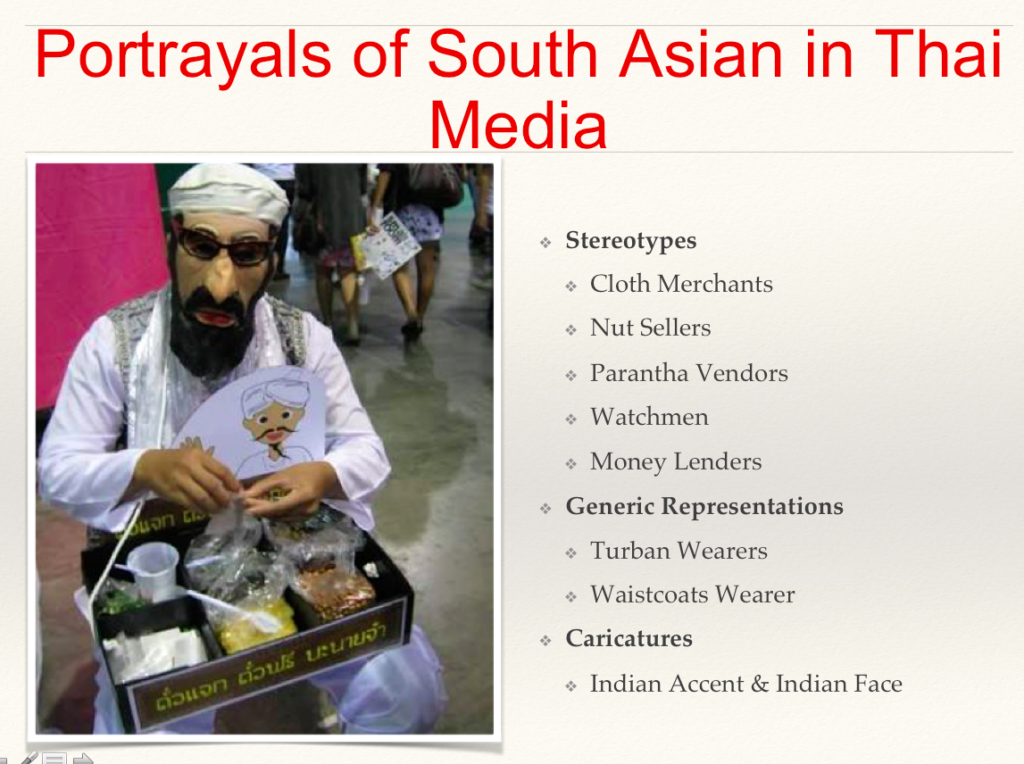
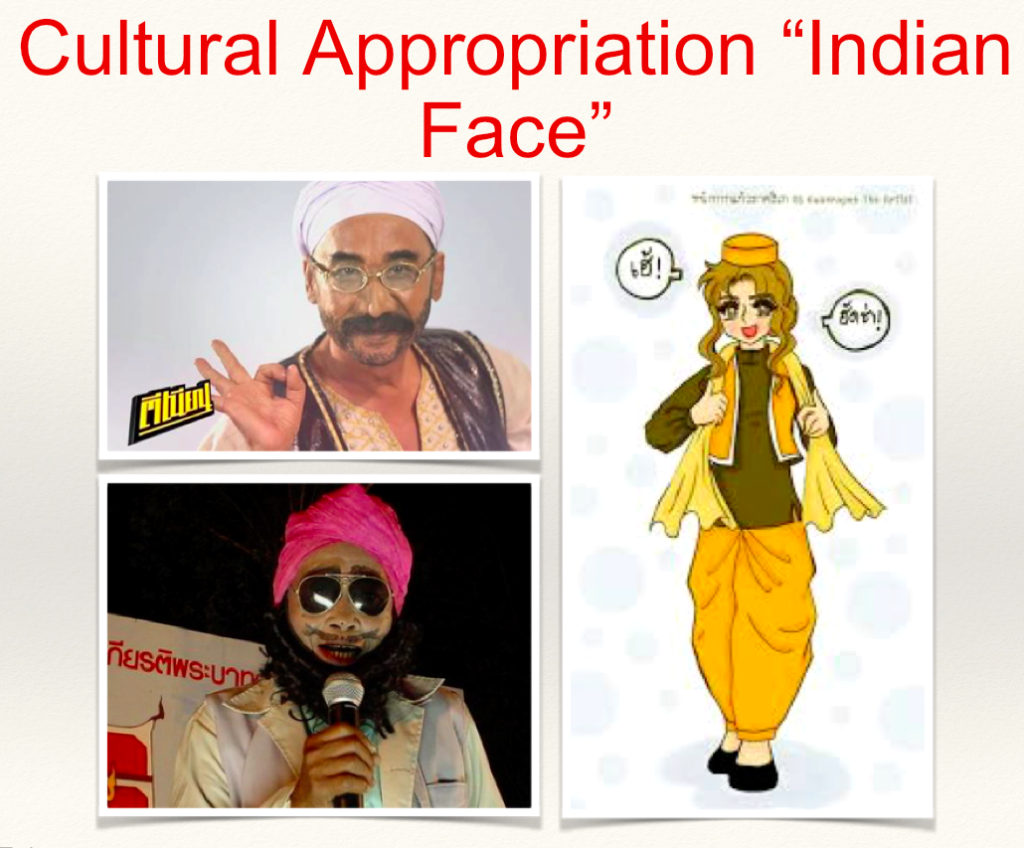
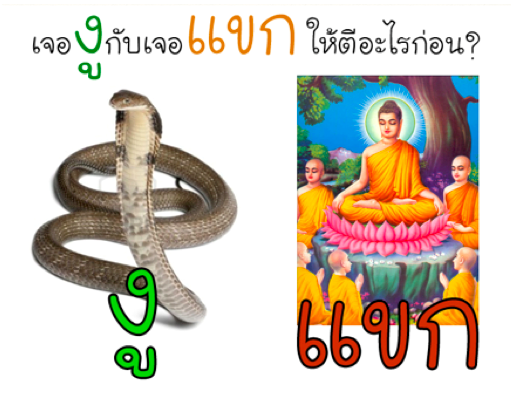
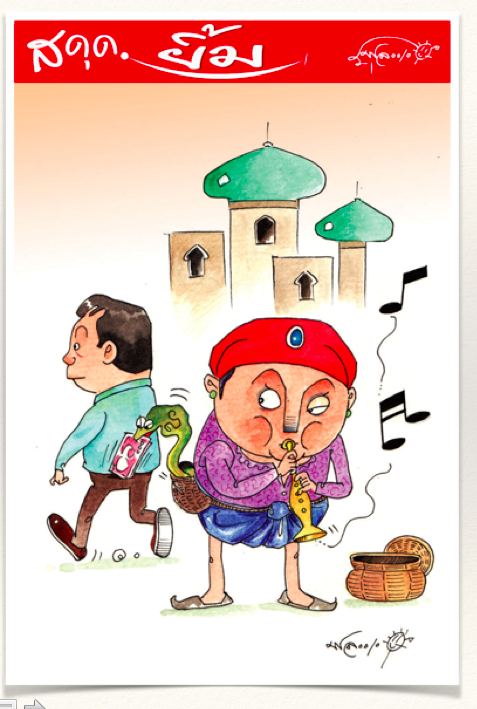


Liked this article? Share it!